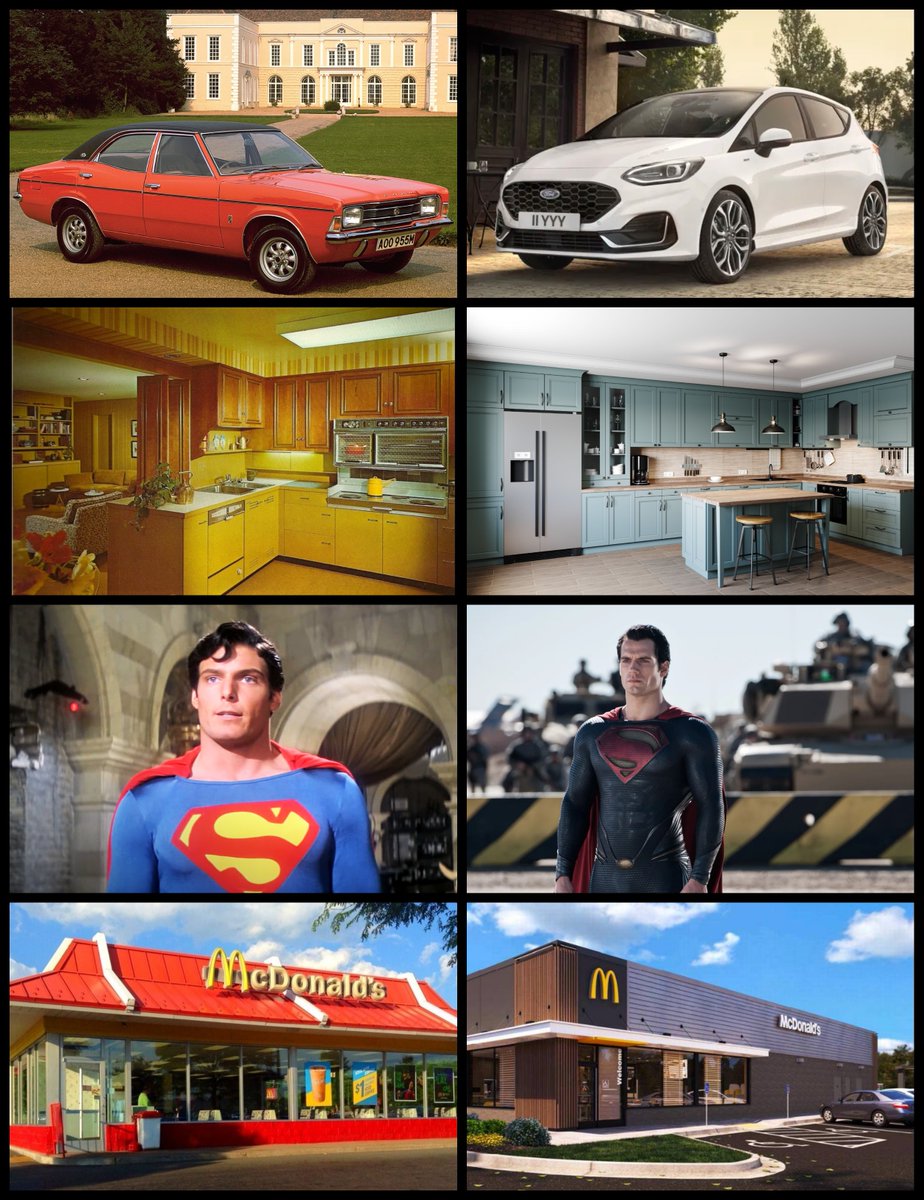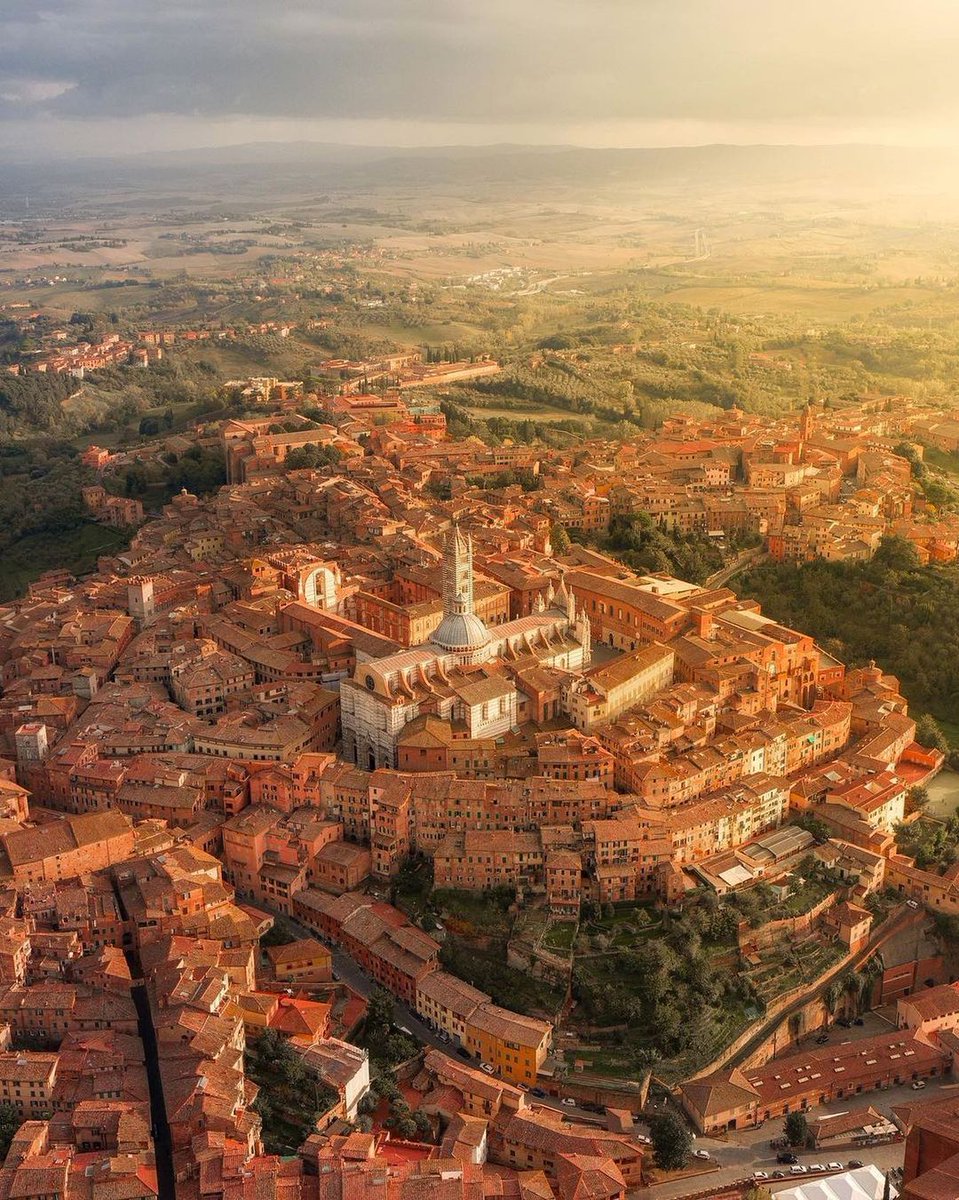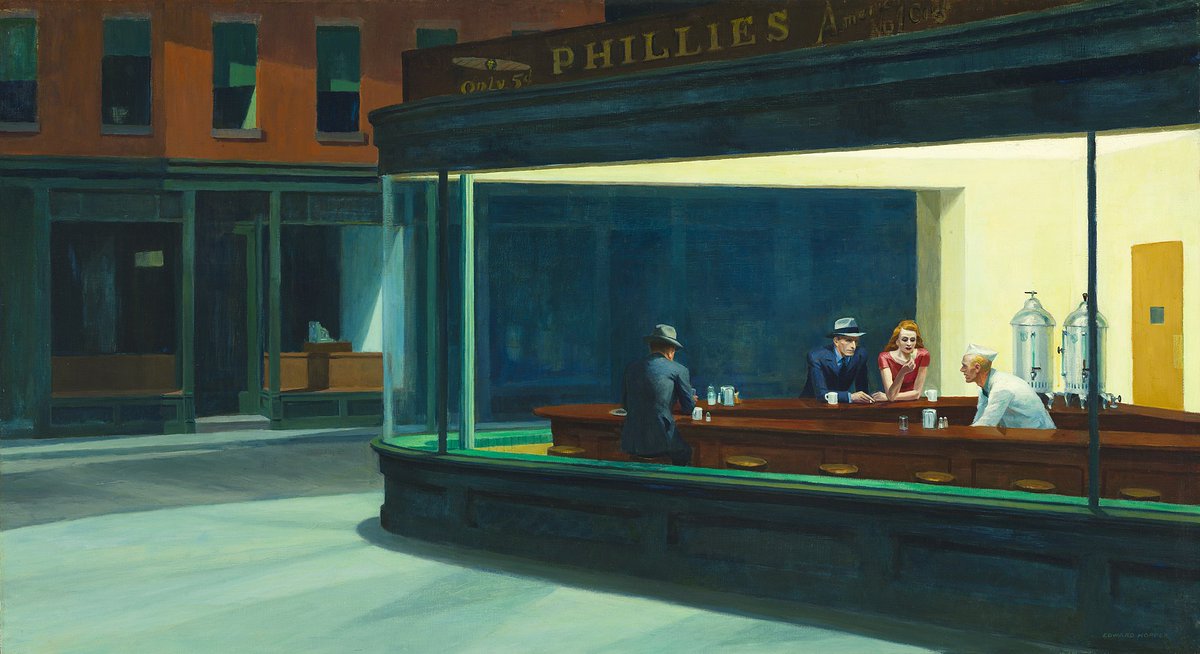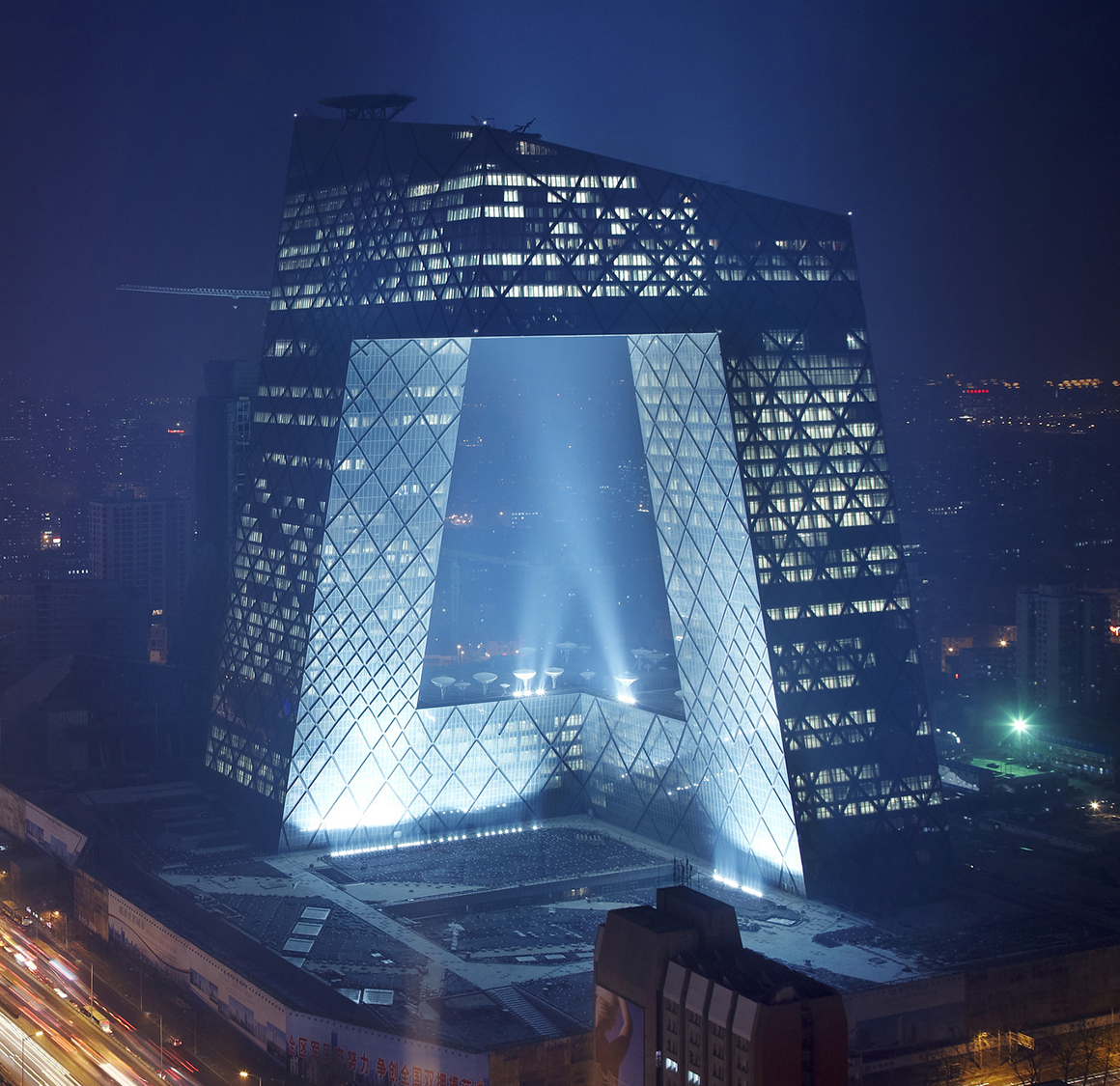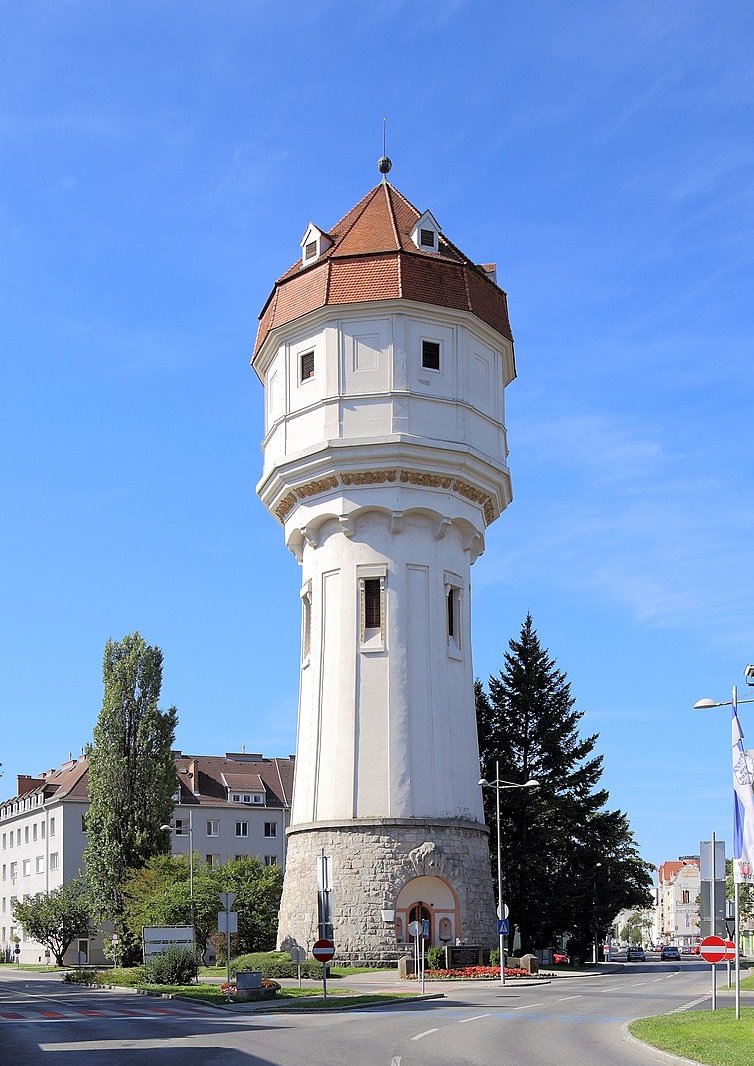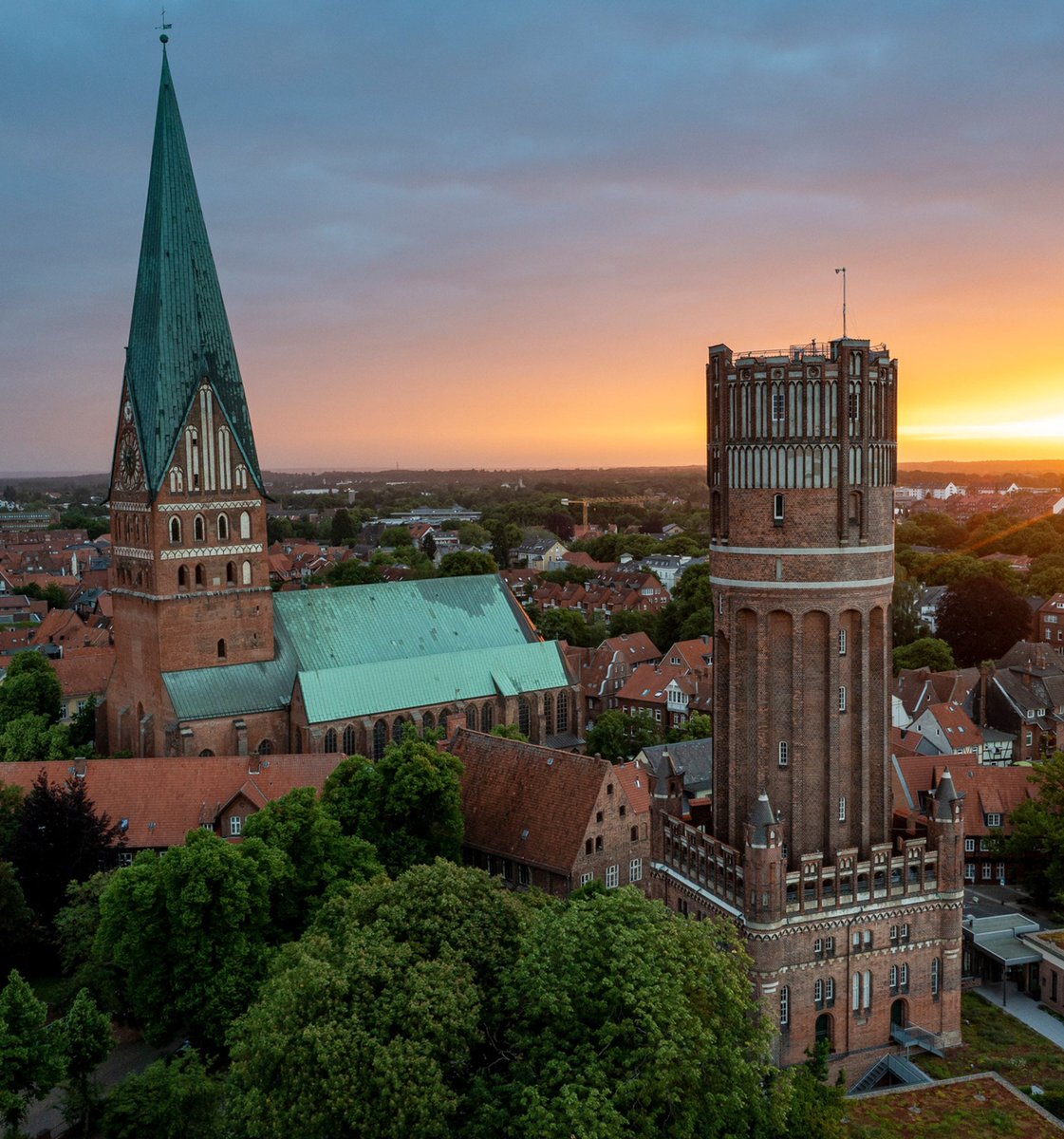Iran has some of the world's most ancient, important, and beautiful architecture.
So here is a very brief introduction, from ziggurats and Zoroastrian fire temples to crystal mosques and the first ever churches...




So here is a very brief introduction, from ziggurats and Zoroastrian fire temples to crystal mosques and the first ever churches...

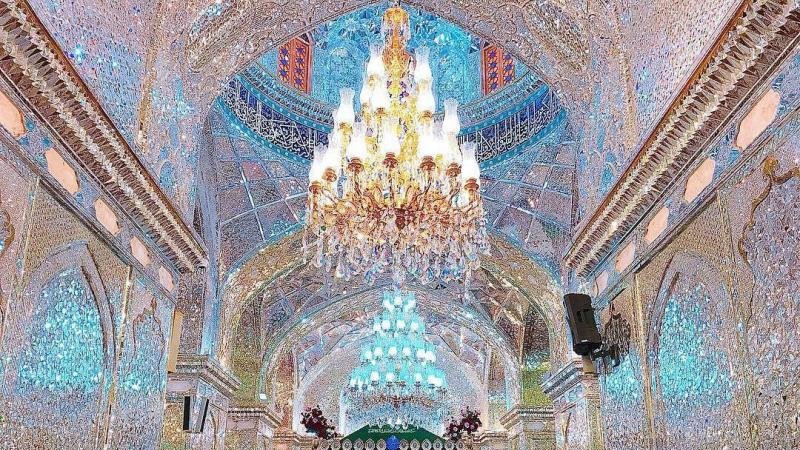

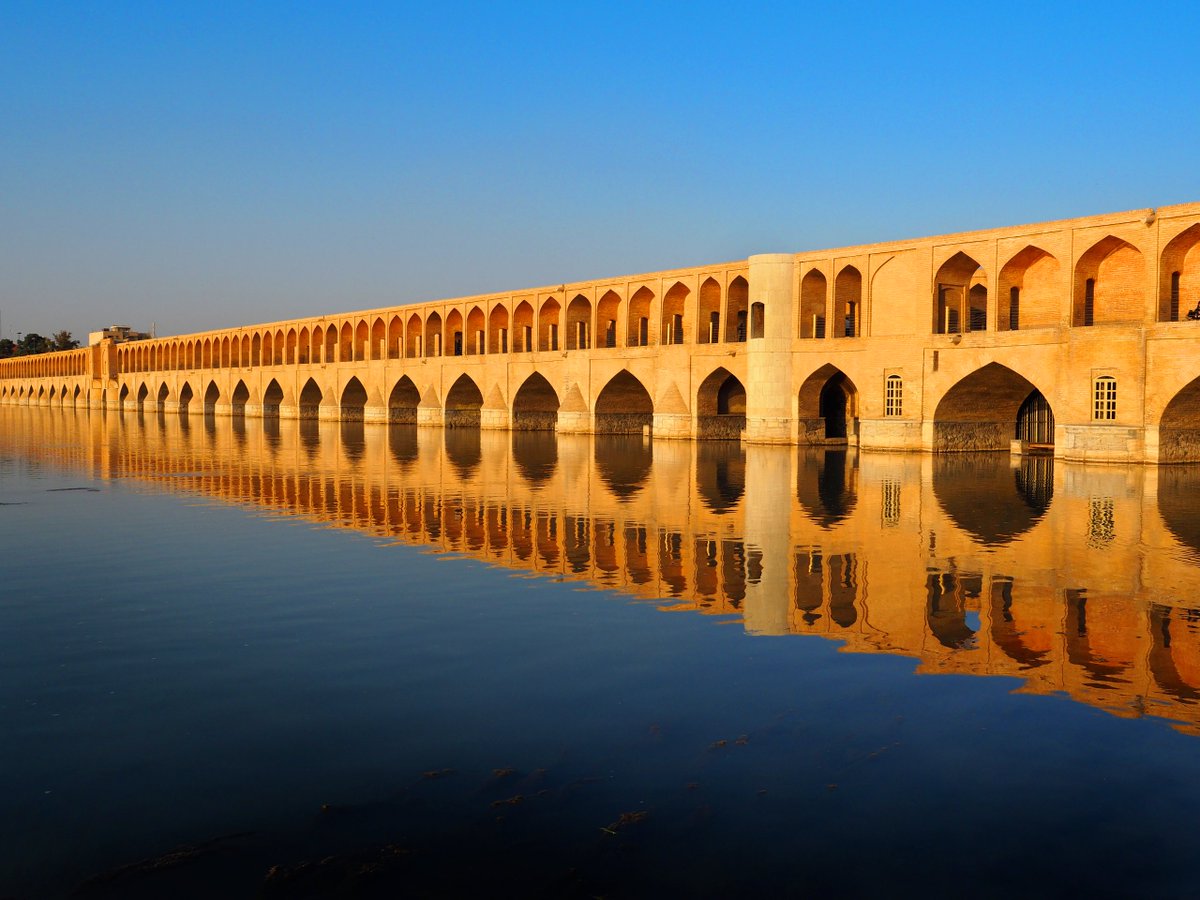
This is Shahr-e Sukhteh, a city inhabited as far back as 3,500 BC, at the dawn of human civilisation.
In about 3,000 BC it was destroyed by fire — hence its name, which means "The Burned City".
Though it did recover and continue to flourish for another thousand years.


In about 3,000 BC it was destroyed by fire — hence its name, which means "The Burned City".
Though it did recover and continue to flourish for another thousand years.


And here is Chogha Zanbil, a ziggurat built by the Elamites in about 1,200 BC.
It isn't far from Susa, an ancient city which played an important role in the history of Mesopotamia, ever in competition with the great cities of the Sumerians and the Akkadians.
It isn't far from Susa, an ancient city which played an important role in the history of Mesopotamia, ever in competition with the great cities of the Sumerians and the Akkadians.

This is the tomb of Cyrus the Great, built in about 530 BC, in Fars Province.
Who was Cyrus? The founder of the Achaemenid or Persian Empire, which stretched all the way from India to Greece.
He was one of history's greatest ever and most influential leaders.
Who was Cyrus? The founder of the Achaemenid or Persian Empire, which stretched all the way from India to Greece.
He was one of history's greatest ever and most influential leaders.

Arg-e Bam is the name of this vast complex of houses and fortifications, for many centuries a place of great military and commercial importance.
Although it dates back to the Achaemenids, with origins in the 5th century BC, it was occupied right through to the 20th century.
Although it dates back to the Achaemenids, with origins in the 5th century BC, it was occupied right through to the 20th century.

Perhaps Iran's greatest archaeological site is Persepolis, the ceremonial capital of the Achaemenid Empire, once a glorious palace-city, filled with innumerable treasures and lavish architecture.
It was destroyed by Alexander the Great in 330 BC.
It was destroyed by Alexander the Great in 330 BC.

The Sassanians ruled Iran from the 3rd to the 7th centuries AD.
Like the other great Iranian empires they succeeded, the Sassanians were Zoroastrian — one of the world's oldest religions.
Ancient Zoroastrian fire temples are scattered throughout the Iranian landscape...




Like the other great Iranian empires they succeeded, the Sassanians were Zoroastrian — one of the world's oldest religions.
Ancient Zoroastrian fire temples are scattered throughout the Iranian landscape...




In 651 the Sassanians fell to Islamic conquest; first came the Rashidun Caliphate, then the Umayyads, and then the Abbasids.
Under the Ziyarid Dynasty, which had revolted against the Abbasids in Iran, the huge Gonbad-e Qabus (a tomb for the ruler Qabus) was built in 1007 AD.
Under the Ziyarid Dynasty, which had revolted against the Abbasids in Iran, the huge Gonbad-e Qabus (a tomb for the ruler Qabus) was built in 1007 AD.

But by the mid-11th century the Seljuks had taken power in Iran and far beyond, creating a fused Turco-Persian-Islamic culture.
These mausoleums, called the Kharraqan Towers, were built under the Seljuks, featuring plenty of the abstract decoration so important in Islamic art.


These mausoleums, called the Kharraqan Towers, were built under the Seljuks, featuring plenty of the abstract decoration so important in Islamic art.


The Jameh Mosque of Isfahan, though founded in 771 by the Abbasids, has been modified time and time again down the centuries — it belongs to no single era, but to all of Iran's many dynasties.
Among its jewels is the 14th century mihrab, covered in ornate stucco calligraphy.



Among its jewels is the 14th century mihrab, covered in ornate stucco calligraphy.



Iran is also home to some extraordinary Armenian architecture in its West and East Azerbaijan Provinces.
This is the Chapel of Dzordzor, with the famous conical spire of Armenian architecture; not the largest of Armenian monasteries in Iran, but perhaps the most evocative.
This is the Chapel of Dzordzor, with the famous conical spire of Armenian architecture; not the largest of Armenian monasteries in Iran, but perhaps the most evocative.

And here is the Monastery of Saint Thaddeus, believed to be one of the world's oldest churches, dating back to the 3rd century AD.
After all, Armenia was the first country to ever adopt Christianity as its official state religion.
After all, Armenia was the first country to ever adopt Christianity as its official state religion.

The Mongol Invasions of the 13th century reshaped Iranian history; first it was the Ilkhanids and then the Timurids who held power.
It was the Timurids who built the Amir Chakhmaq Complex in Yazd in the 1400s. Here is its mosque, with striking triple-tiered alcoves.
It was the Timurids who built the Amir Chakhmaq Complex in Yazd in the 1400s. Here is its mosque, with striking triple-tiered alcoves.

The Bazaar of Tabriz, which was the capital city under the Ilkhanids, is one of the world's largest covered markets.
Tabriz lay on the Silk Road and it flourished as a site of trade, travel, and pilgrimage. Marco Polo even visited this huge and ancient trading hub.


Tabriz lay on the Silk Road and it flourished as a site of trade, travel, and pilgrimage. Marco Polo even visited this huge and ancient trading hub.


In the 16th century the Safavid Dynasty came to power.
Abbas, perhaps Iran's foremost ruler, moved the capital to Isfahan and commenced one of history's greatest public architectural projects.
The Naqsh-e Jahan Square was the world's largest city square upon completion.
Abbas, perhaps Iran's foremost ruler, moved the capital to Isfahan and commenced one of history's greatest public architectural projects.
The Naqsh-e Jahan Square was the world's largest city square upon completion.

In Isfahan the Safavids built squares, bridges, roads, gardens, schools, baths, and mosques.
Just off Naqsh-e Jahan Square are the exquisite Shah Mosque and Sheikh Lotfollah Mosque, resplendent with their blue tilework, both masterpieces of Safavid architecture.




Just off Naqsh-e Jahan Square are the exquisite Shah Mosque and Sheikh Lotfollah Mosque, resplendent with their blue tilework, both masterpieces of Safavid architecture.




Abbas also had the Allahverdi Khan Bridge built, often known as Si-o-se-pol.
Finished in 1602, this rather beautiful structure was a bridge, dam, and gathering place in equal measure; a masterstroke of engineering and civic architecture united.
Finished in 1602, this rather beautiful structure was a bridge, dam, and gathering place in equal measure; a masterstroke of engineering and civic architecture united.

Then there's Agha Bozorg Mosque in Kashan. It was built under the Qajars, who had taken over from the Zand Dynasty and ruled Iran from 1789 to 1925.
Its brilliant architect, Ustad Haj Sa'ban-ali, introduced an elevated walkway into the typical Iranian mosque layout.
Its brilliant architect, Ustad Haj Sa'ban-ali, introduced an elevated walkway into the typical Iranian mosque layout.

Of course, Iran is also home to some of the world's oldest and most wonderful vernacular architecture.
Nowhere better expressed than in the village of Kandovan, in East Azerbaijan Province, where houses have been carved into some rather unusual volcanic rocks.



Nowhere better expressed than in the village of Kandovan, in East Azerbaijan Province, where houses have been carved into some rather unusual volcanic rocks.



The Qajars built a great many palaces and mosques and gardens, all of them lavishly, but nothing perhaps more exquisite than the Nasir ol-Molk, or Pink Mosque, in Shiraz.
A sensory delight of technicolour light, mesmeric tilework, and geometric, kaleidoscopic splendour.




A sensory delight of technicolour light, mesmeric tilework, and geometric, kaleidoscopic splendour.




Then again, it was under the Qajars that the Shahcheragh Shrine was restored.
It had originally been decorated with glass and mirrors in the 14th century, but these had fallen into disrepair.
In the 19th century this shrine was restored to its former glory.



It had originally been decorated with glass and mirrors in the 14th century, but these had fallen into disrepair.
In the 19th century this shrine was restored to its former glory.



Iran also has plenty of remarkable modern architecture.
Radio City Cinema (built in 1958 and closed down after the revolution in 1979), and the Senate House, both in Tehran, were designed by Heydar Ghiai, one of Iran's great modern architects.


Radio City Cinema (built in 1958 and closed down after the revolution in 1979), and the Senate House, both in Tehran, were designed by Heydar Ghiai, one of Iran's great modern architects.


And, to end, here is the award-winning Tabiat Bridge in Tehran, built in 2014 and designed by Leila Araghian. 

More might have been mentioned: the blue dome of Solteniyeh, the gardens of Qavam House, the Imam Reza Shrine....
Alas, this was but a whistle-stop tour through the extraordinary 5,000 year old history of Iranian architecture.




Alas, this was but a whistle-stop tour through the extraordinary 5,000 year old history of Iranian architecture.




• • •
Missing some Tweet in this thread? You can try to
force a refresh

 Read on Twitter
Read on Twitter

